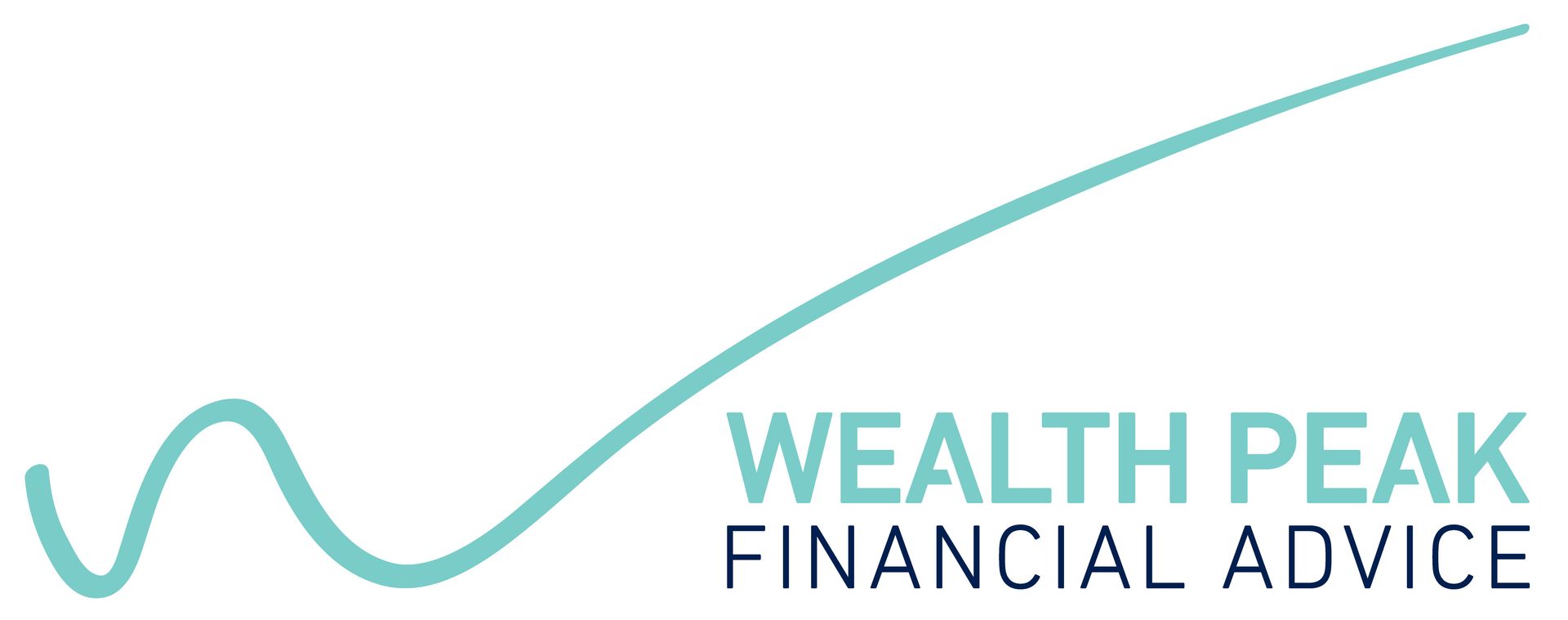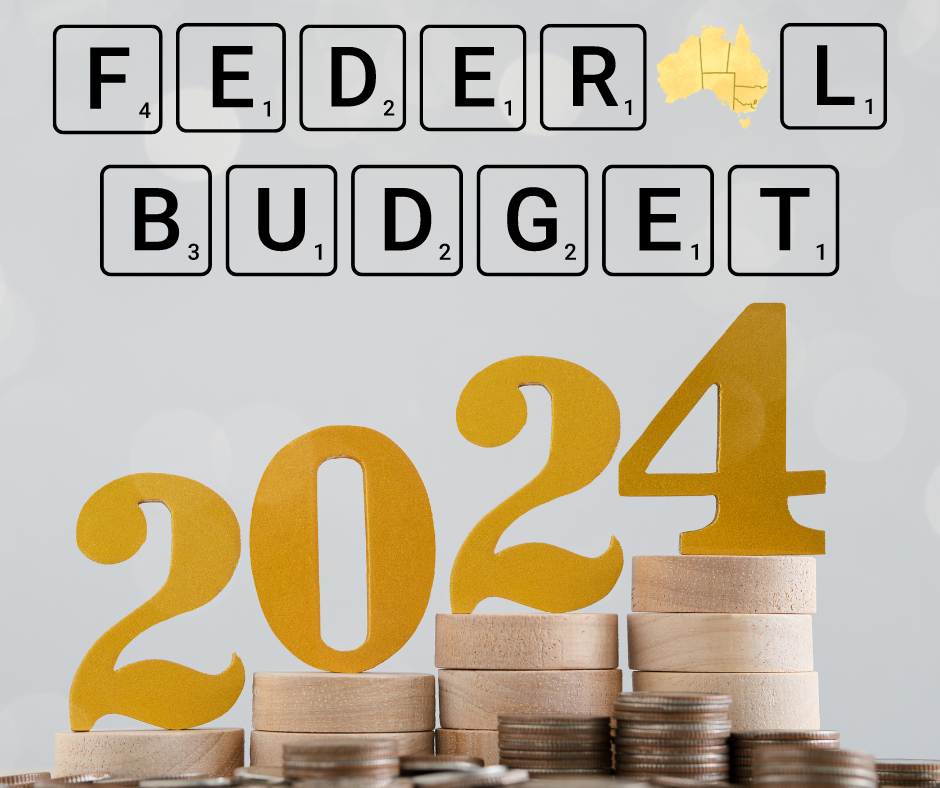A Changing Environment

Over the course of 2022 our message to investors has been simple. Markets are in a period of transition and with transition comes some pain. The rapid shift from record-low interest rates and liquidity-fueled markets to one of higher interest rates and central banks shrinking their balance sheets has impacted markets. This has been coupled with the ongoing effects of COVID on economies, notably China and the unexpected conflict in Ukraine with both events contributing to rising inflation which has been the topic for all of 2022.
What can we expect from markets in 2023.
Our research suggests that we should hit peak inflation in 2023. Central banks around the globe have been aggressively raising rates to curb inflation. In Australia, the December CPI figure hit 7.8% with the cash rate target reaching 3.10% up from 0.10% in December 2022. The cash rate has since gone up to 3.6% in March 2023. Cyclical indicators have been broadly trending down and we are yet to see the full impact of rate rises on households. We believe that demand will show more material signs of slowing in the second and third quarter of 2023 which should see inflation stabilise.
Is a mild recession a possibility?
The inverted yield curve is suggesting that a recession is on the cards. Historically, recessions have occurred 12 to 18 months after the yield curve has inverted. While the likelihood of a recession is elevated, the relatively strong labour market is expected to reduce the risk of a deep prolonged recession. We do however expect segments of the economy to be hit harder than others, such as the construction industry which has already experienced a downturn following rises in interest rates. Conversely Australia’s exposure to materials and the expected reopening of China from strict COVID lockdowns is expected to benefit things such as iron ore exports.
Company earnings to slow second half of 2023.
We are yet to see the full impact on demand on the back of interest rate rises. While the savings ratio has been declining as households increasingly dip into their savings, households are still spending with travel spending being the big winner. However, our expectation is that we will observe a slowdown in demand in the second half of the year as many household budgets get a jump in their mortgage repayments as their fixed rate loans roll-off and they move towards the higher variable rate. This should see a slowdown in discretionary spending which should show up in company earnings later in the year.
Range trading market.
Investment markets have started 2023 on a positive note. Some of the acute issues that adversely impacted markets in 2022 have subsided. Energy prices, which rose sharply following the Russian invasion of Ukraine have fallen with European gas prices falling by over 27% in January alone. Furthermore, the consumer is still buoyant despite higher interest rates. As 2023 progresses and the impact of rising rates makes its way through the economy and company earnings come under increased pressure, we may see the market pull back. Net-net, it is plausible that 2023 may be a relatively flat market characterised by spikes in volatility both to the upside and the downside.
What does this all mean for you.
It is now more important than ever before to have a structured financial plan in place to ensure that you understand these changes and most importantly not panic throughout this short-term noise. As your financial advisers, we will work with you to develop and maintain a strategic plan that is adaptable to your needs as you go through your various life stages. We will monitor, re-balance and strategically modify your investment portfolios to ensure you stay on track.
We are aware that investment markets change and things happen outside your control. As your situation changes overtime and life events occur, we will be able to review the strategies in place and provide further advice at the time that could assist you in maximising your wealth, making sure that your strategies remain relevant at all times.



